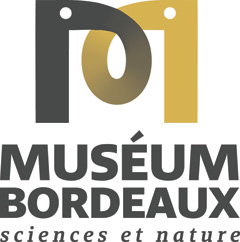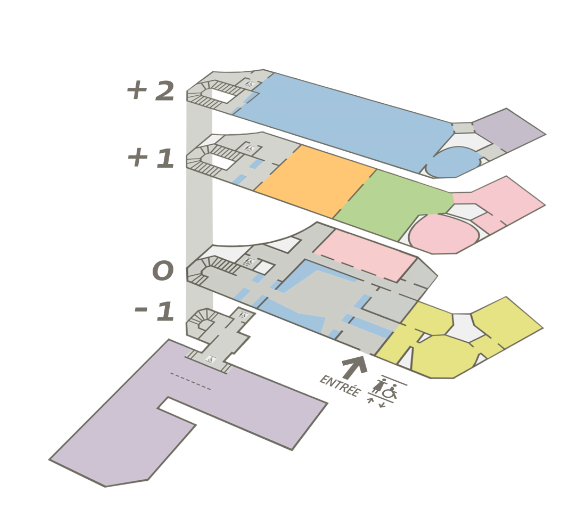Laugh!
The Museum of Bordeaux presents the exhibition Laugh! produced by the association ART’M as part of the ‘Freedom Bordeaux 2019’ cultural season. Are smiling, shared laughter and guffaws obvious expressions of freedom? Is laughter exclusive to humans? What happens in our bodies when we laugh?
In the Laugh! exhibition, visitors will laugh at their own observations. They will get to question their own laugh but also the laugh of other species.
According to scientists, we laugh 18 times a day on average. Laughter is therefore an important response in our everyday lives. Involved in our social relationships and teaching children, we find it in all cultures, across the social spectrum and through the ages. Laughing creates bonds, expresses agreement and displays a positive emotion. Laughter is even said to be good for our health!
It was generally believed that laughter was exclusive to humans. In the past, we believed that laughter was linked to the conscience and human language and consequently inaccessible to animals. Today, this subject is being re-examined in a number of studies on animal communications, language of other species and their forms of intelligence. Research is also being carried out on laughter in mammals such as monkeys and rats. As Darwin posited, laughter (or the equivalent response in other animal species) is a source of group cohesion.
This exhibition offers a host of fun, laughter-inducing experiments. Interacting with the public, the different modules will help you understand this everyday phenomenon that is as old as humanity.
Whether you come with friends or family, alone or among strangers, the Museum of Bordeaux invites you to explore how you and others laugh!
Africa, the wild
The Lion by Joseph Kessel, Sophie the Giraffe, Tarzan and Babar the Elephant are just a few examples of fictional characters which show how African wildlife has piqued the western imagination.
The third-largest continent on the planet (counting the Americas as a single continent), accounting for 6% of the Earth's land surface, Africa and its natural world fascinates people of all ages.
The exhibition at the Museum of Bordeaux invites visitors to explore the wildlife that inhabits this vast continent stretching over nearly 30 million square kilometres. The only true wilderness left on any continent in the world. From the Sahara Desert to the Savannah to the rain forest, African wildlife is exceptionally rich with many ecosystems.
The first part of this exhibition at the Museum of Bordeaux is dedicated to Africa’s ecosystems. It presents the different components that come into play in the cycle of nature such as geography, climate, the alternation of the seasons, and the importance of water on the African continent. Light is also shed on the behaviour of Africa’s iconic large wildlife: the food chain, coexistence without competition, migration, and survival strategies.
The second part highlights the impact and threat of human activities on these ecosystems whose balance may be under threat. Agriculture, industry, human expansion, hunting, poaching and the illegal animal trade are just some of the practices that need to be addressed to slow down climate change and safeguard these natural sanctuaries for as long as possible.
The Museum of Bordeaux will take you on a journey to the heart of wild Africa with a host of specimens and new acquisitions such as the black rhinoceros which will soon join the Museum of Bordeaux collections.









